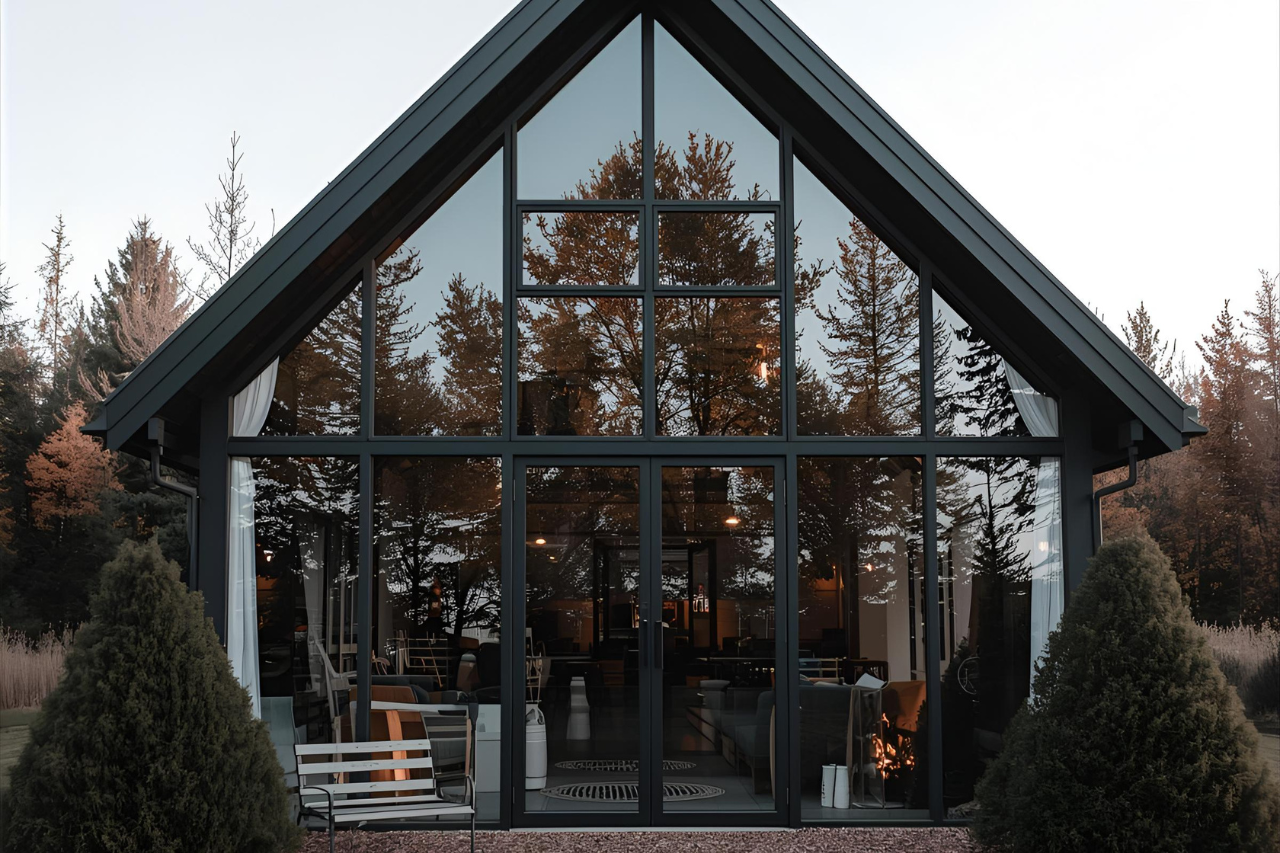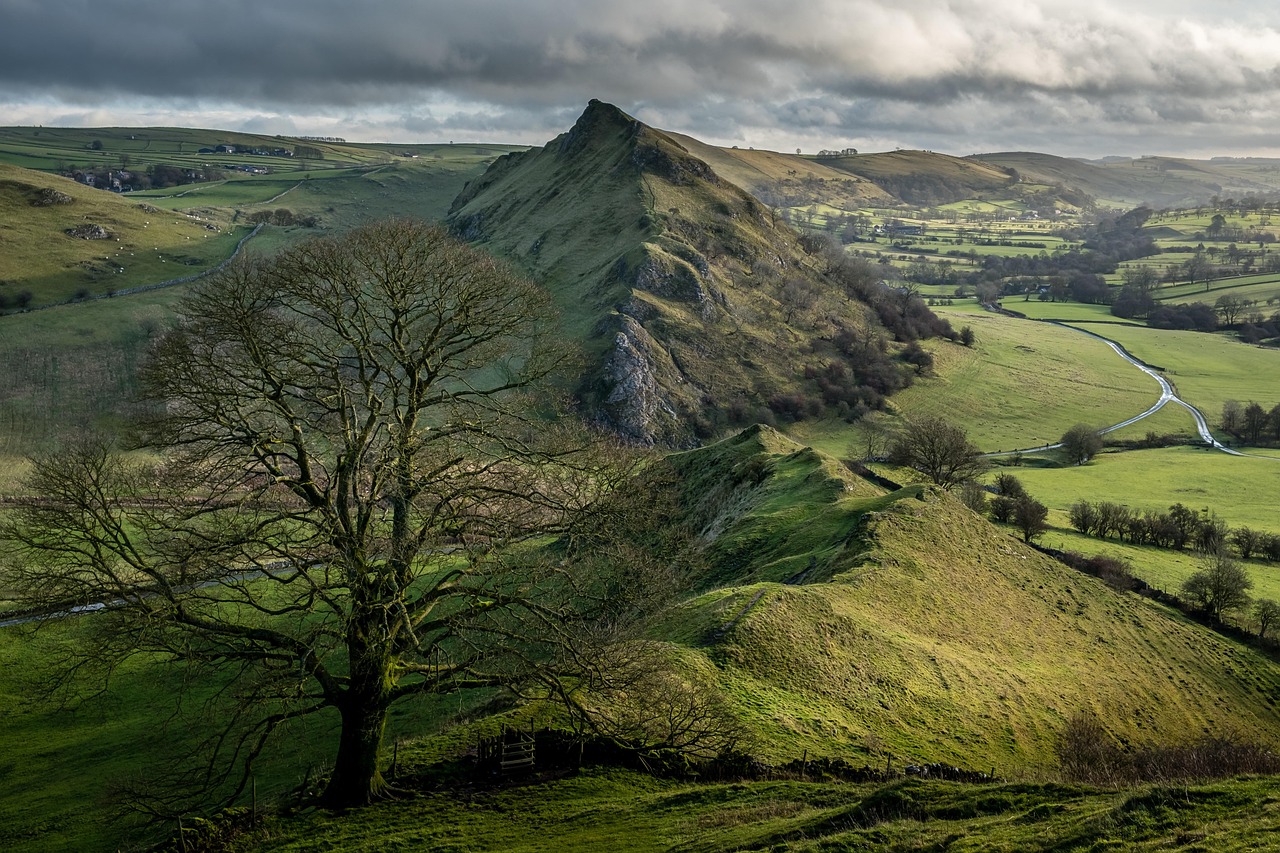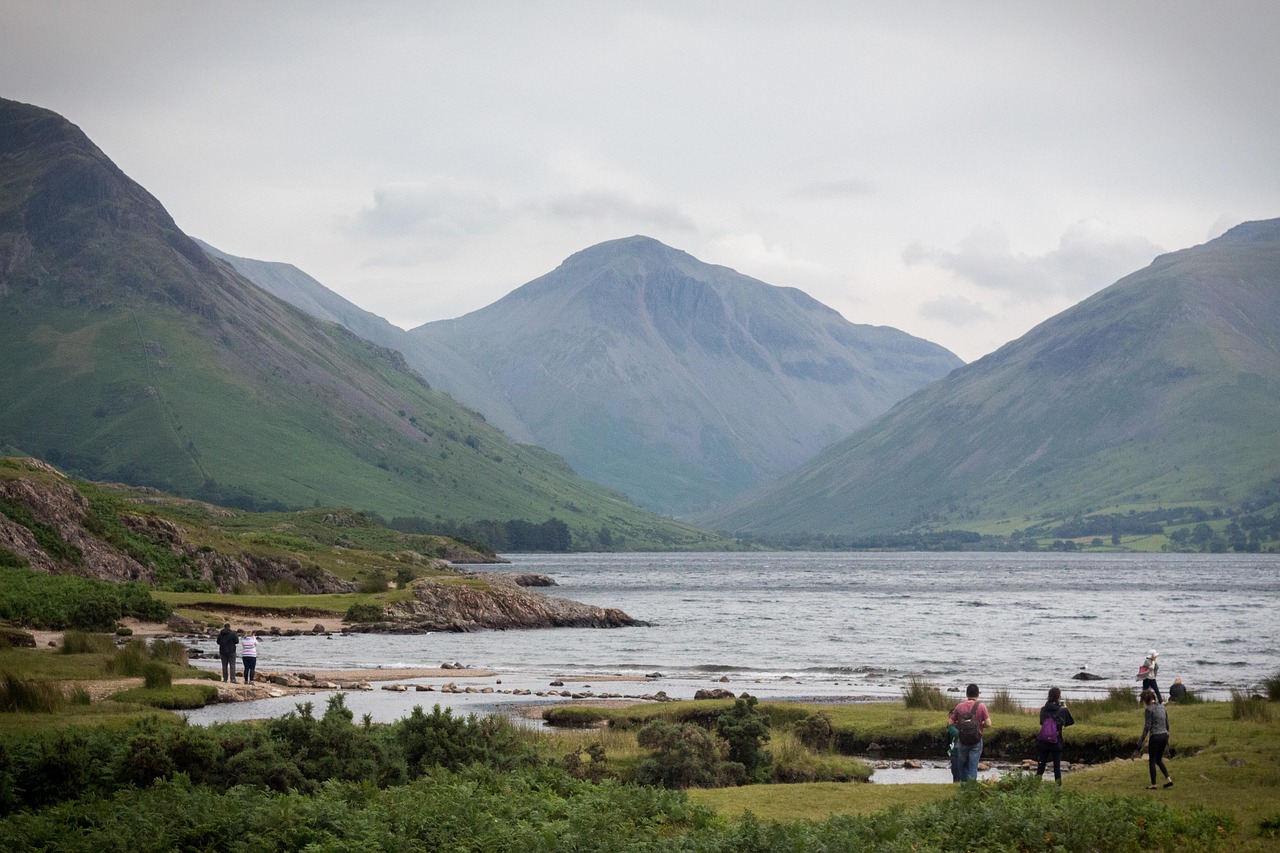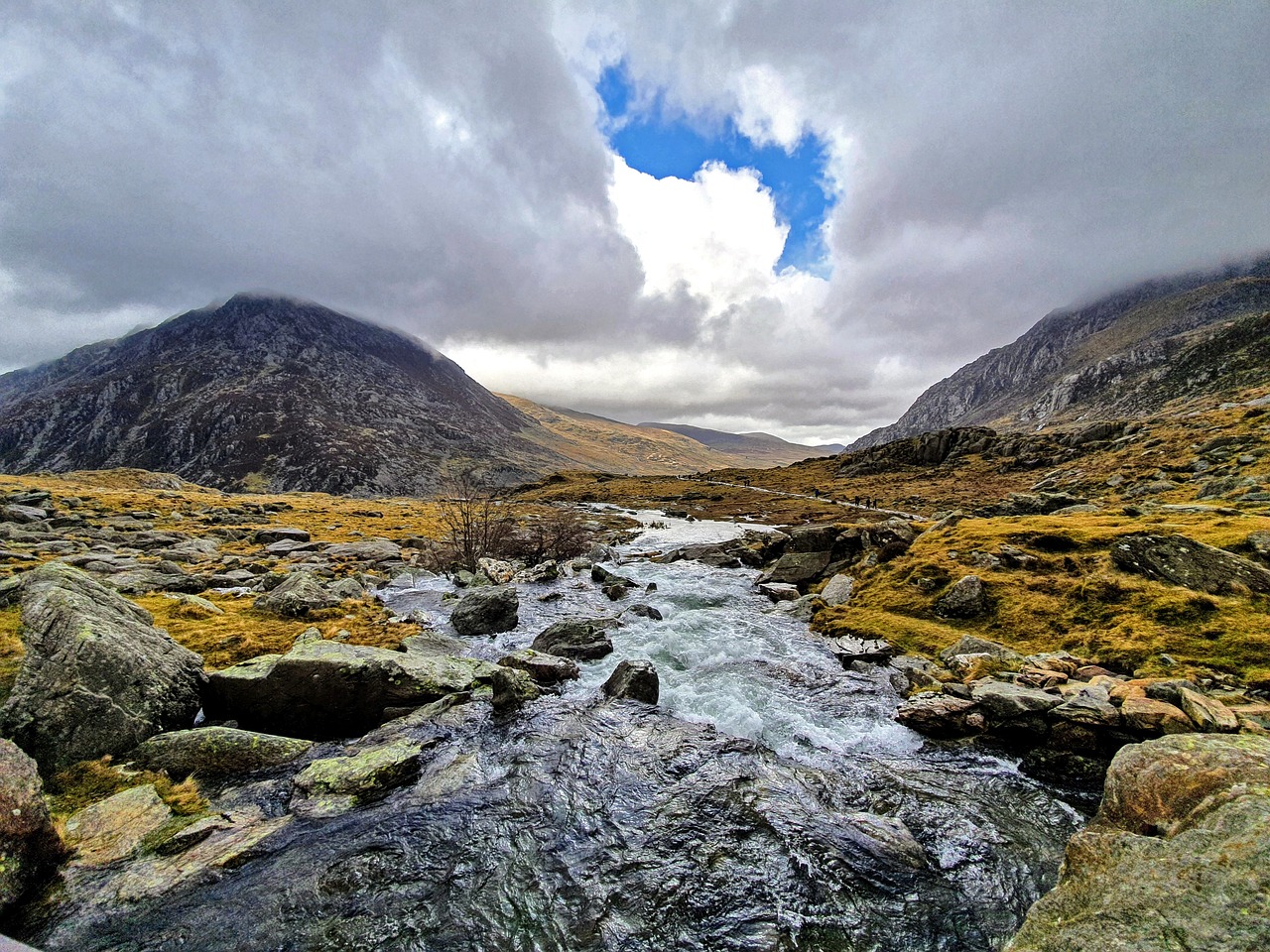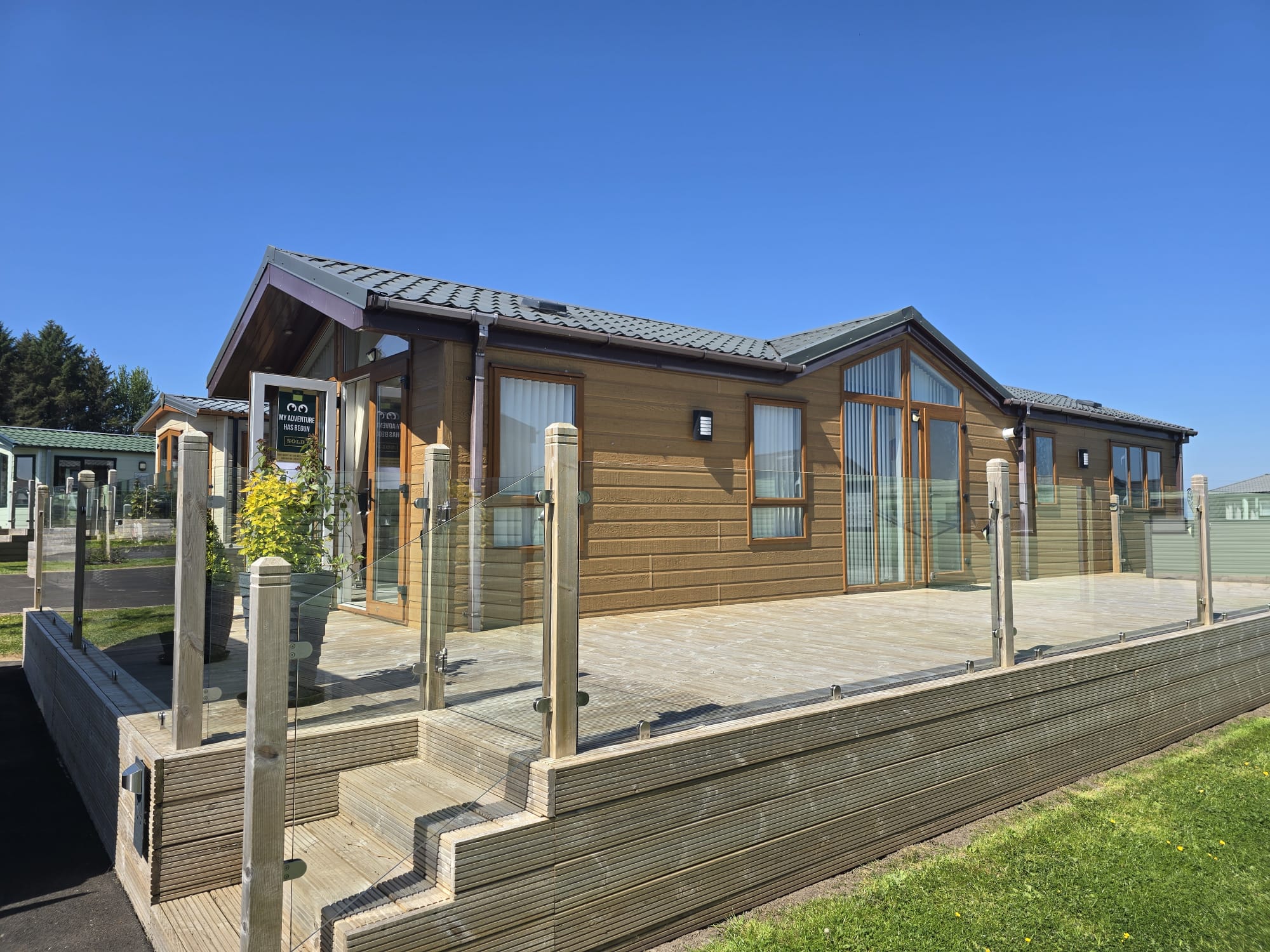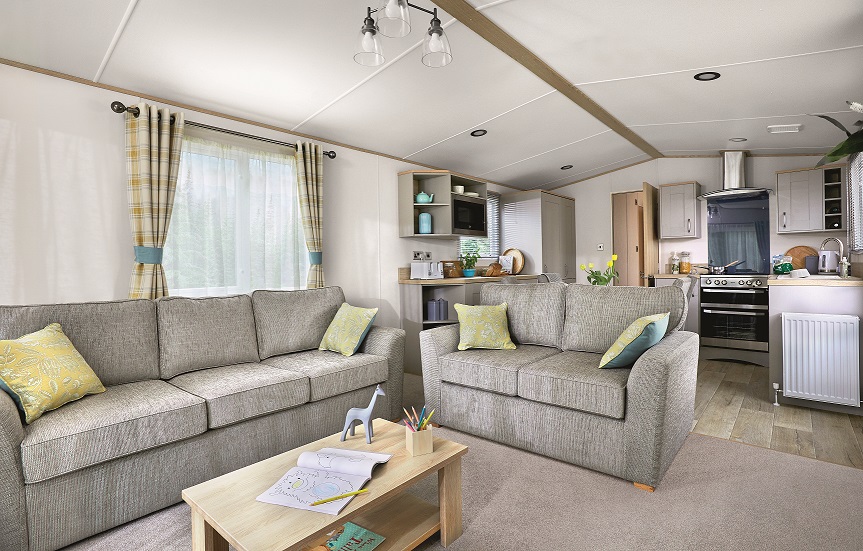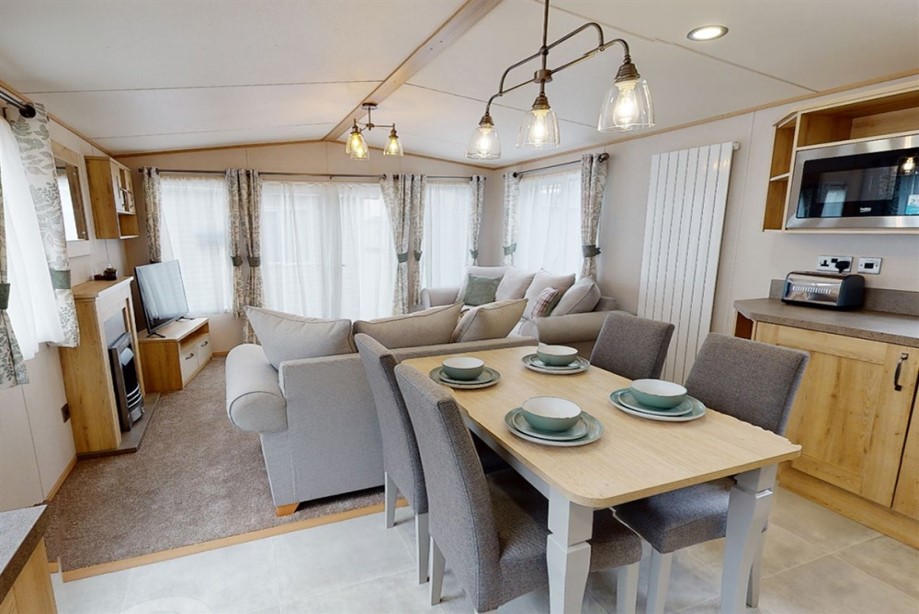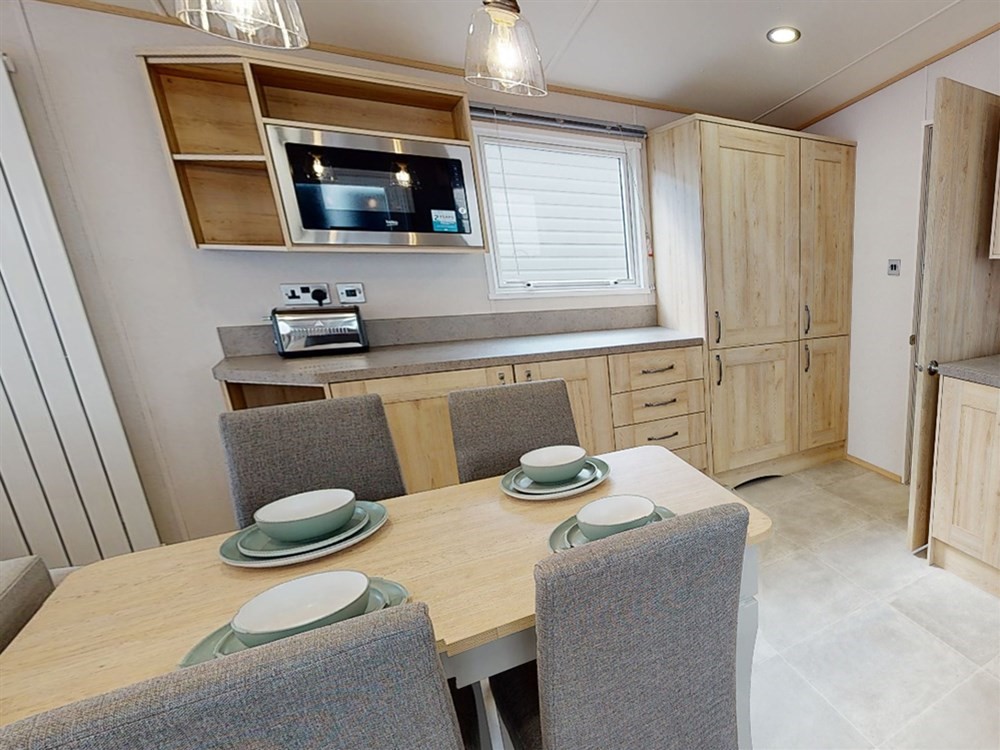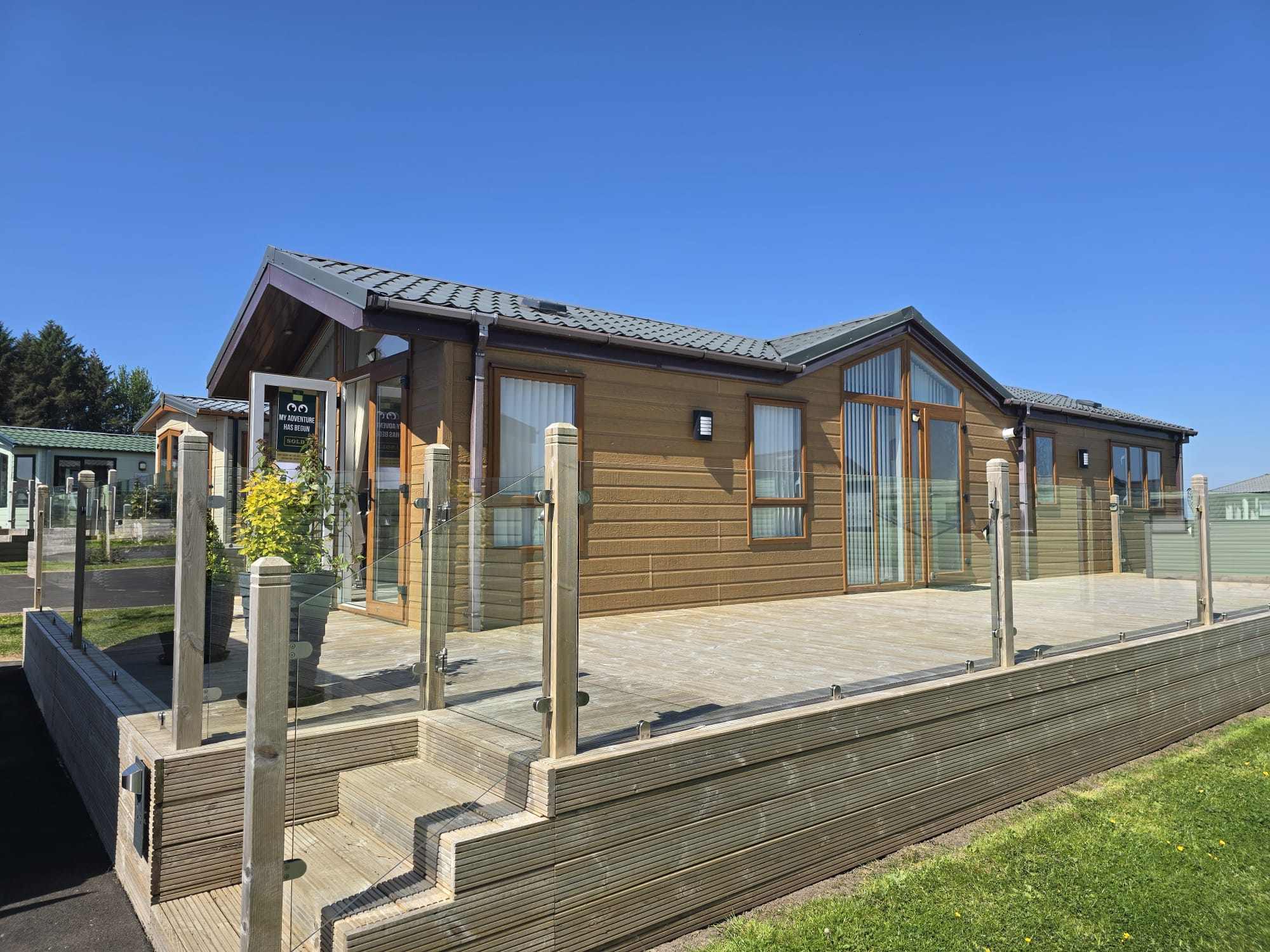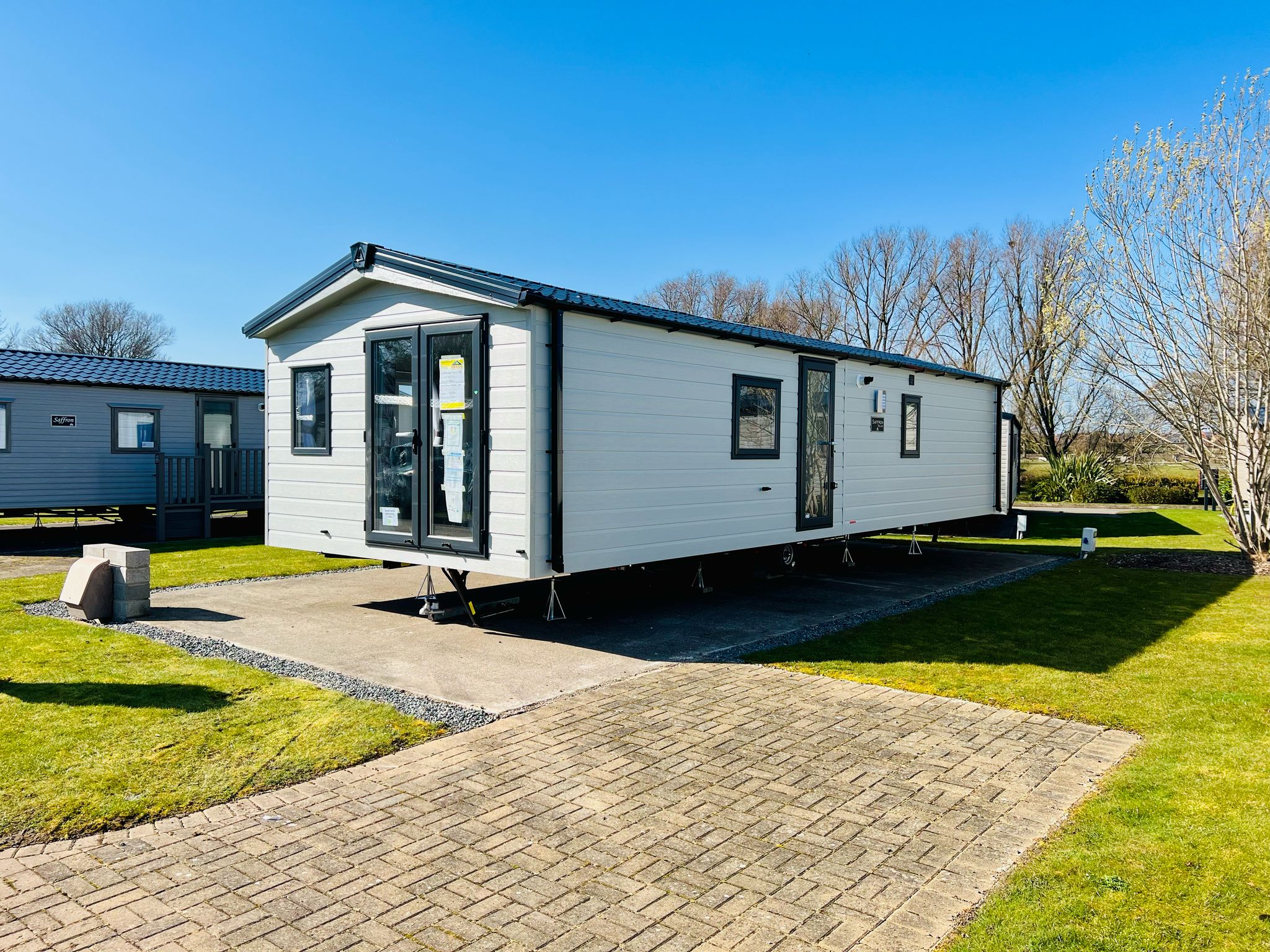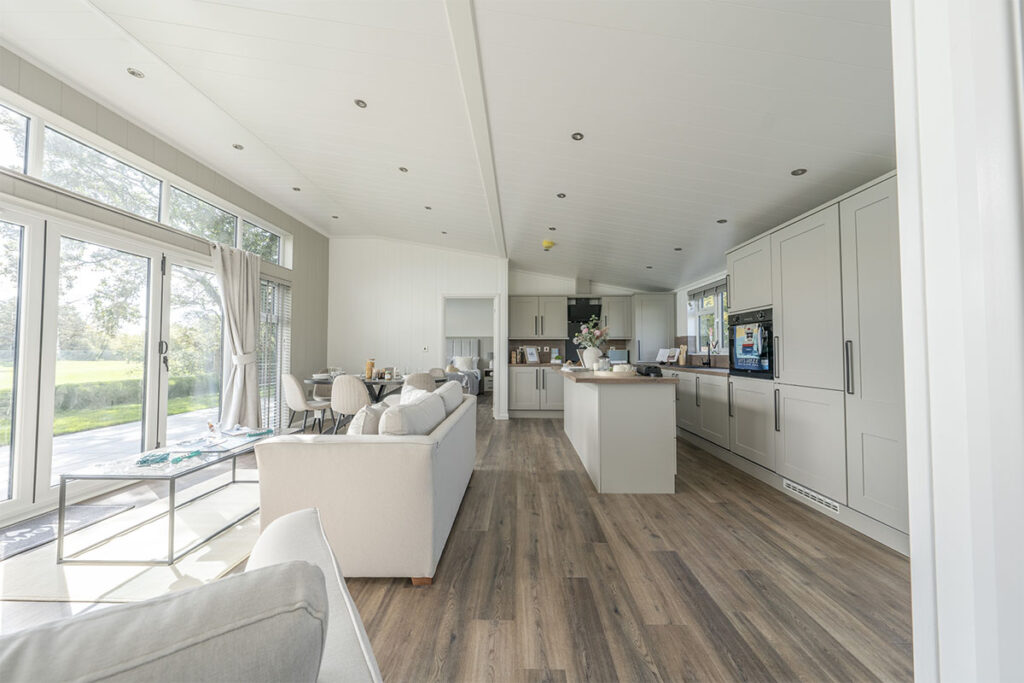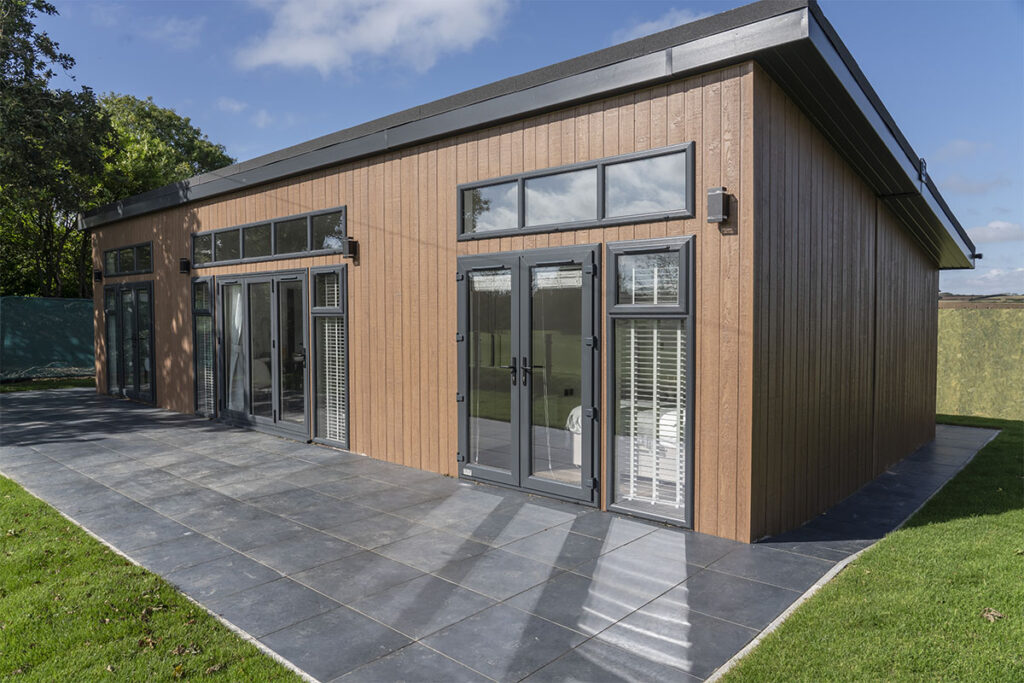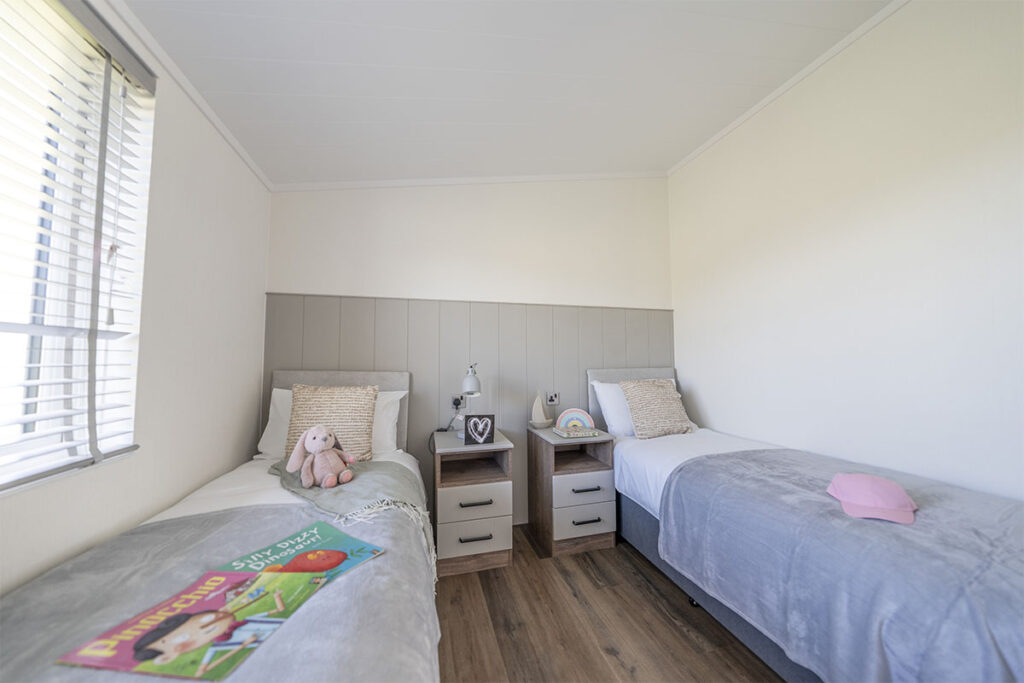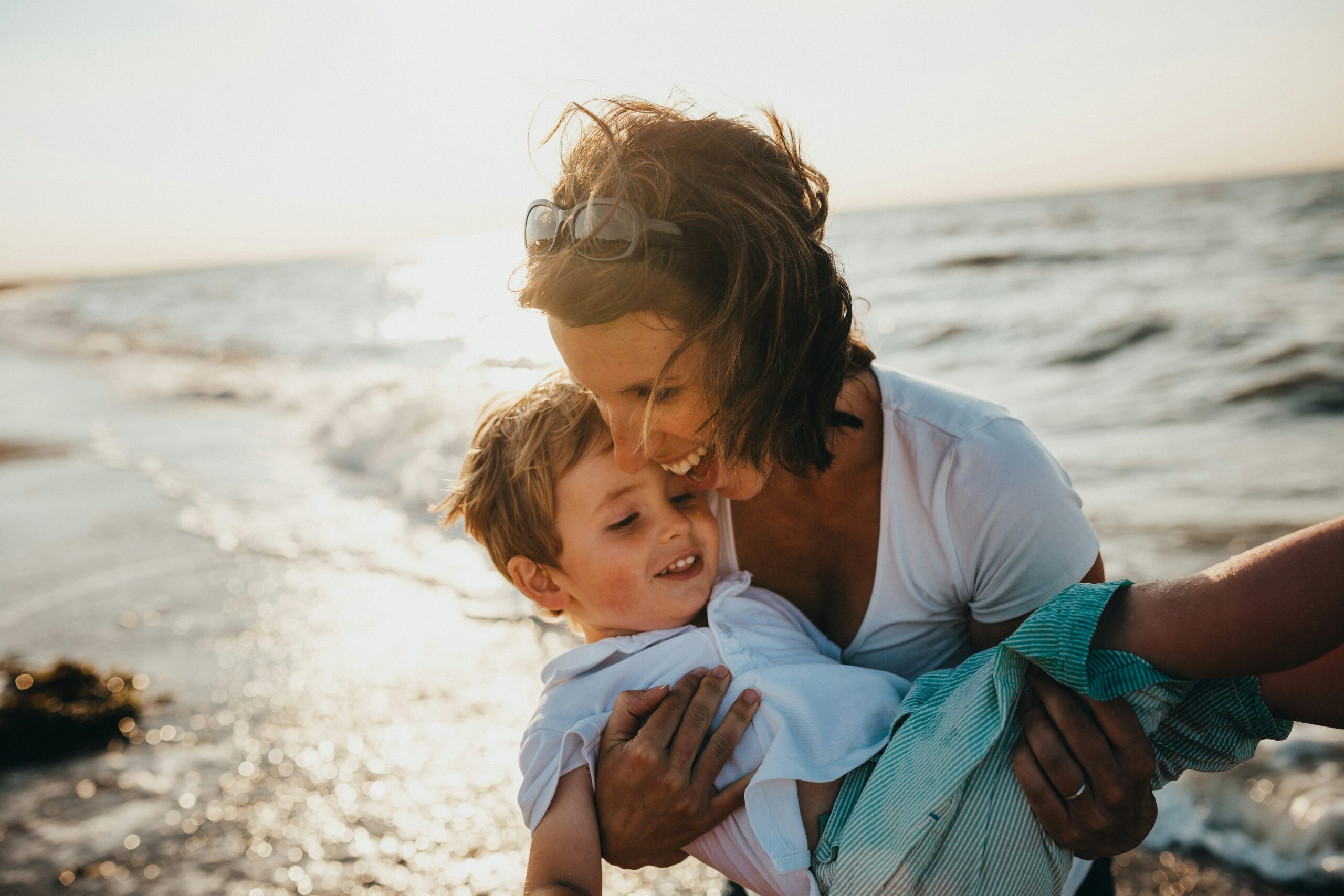Glass Reflective Lodges: Hidden Danger to Birds and How to Fix It
Every year, hundreds of millions of birds collide with buildings across the globe. Glass-fronted lodges—along with other highly reflective structures like mirror houses—offer stunning views and unique aesthetics, but also represent a serious risk to our feathered friends.
If you own or manage a lodge, or are considering reflective architecture such as a mirror house, understanding this issue and taking action could save countless bird lives while preserving your property’s visual appeal.
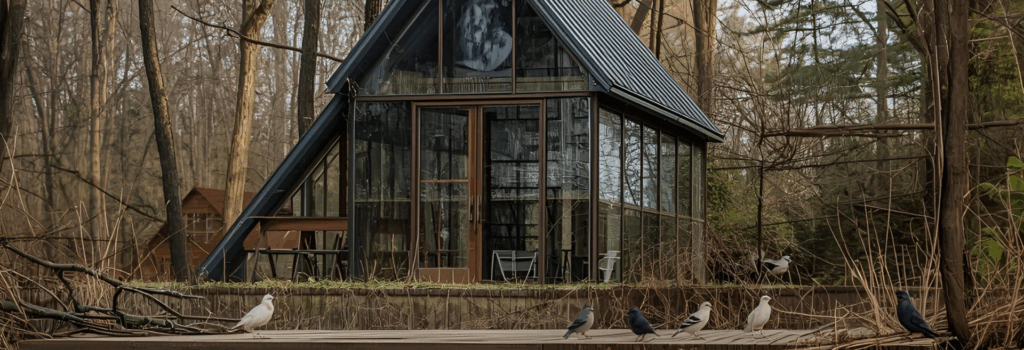
Why Glass Lodges and Mirror Houses Pose a Deadly Threat to Birds
Birds navigate using visual cues honed over millions of years. Modern glass buildings, including glass-heavy lodges and mirror houses, create optical illusions that birds simply can’t interpret.
The Transparency Trap
Birds cannot recognize transparent glass as a barrier. In lodges with expansive windows or mirror houses where glass blends with the landscape, birds perceive an open sky or habitat—even though a solid surface is in their way. This is even more problematic in buildings designed to merge indoor and outdoor spaces, where what delights guests becomes a hazard for birds.

Reflective Surfaces: Nature’s Deceptive Mirror
Reflective glass acts as a mirror, whether it’s on a chalet, lodge, or a minimalist mirror house. These surfaces bounce the image of sky and trees back at birds, tricking them into thinking there’s a clear path ahead. The clearer and more vivid the reflection, the greater the risk.
Both lodges and mirror houses, especially with high-performance glazing, can increase hazards in areas rich with bird life. Certain lighting and weather conditions make these reflections even more enticing and dangerous for birds on the move.
Artificial Lighting: An Added Risk
Bright lighting within lodges or through the polished surfaces of mirror houses compounds the problem, particularly during migration. Birds, drawn off by artificial light at night, often end up disoriented and at increased risk of collision.
The Scale of the Problem
Research suggests residential and commercial buildings—including lodges and mirror houses—result in hundreds of millions of bird deaths every year in the U.S. alone. Structures with expansive or mirrored glass are responsible for a large share of these incidents.
Migratory species, or birds that inhabit forest edges (a common setting for lodges and some mirror houses), may be particularly at risk from glass strikes.
Tinted Glass: A Partial Solution
Many property owners look to tinted glass for help. While darker glass can reduce some reflections and help birds see a barrier, tinting on its own isn’t enough—birds may still perceive the glass as open, especially if it’s not dark enough or in certain conditions.
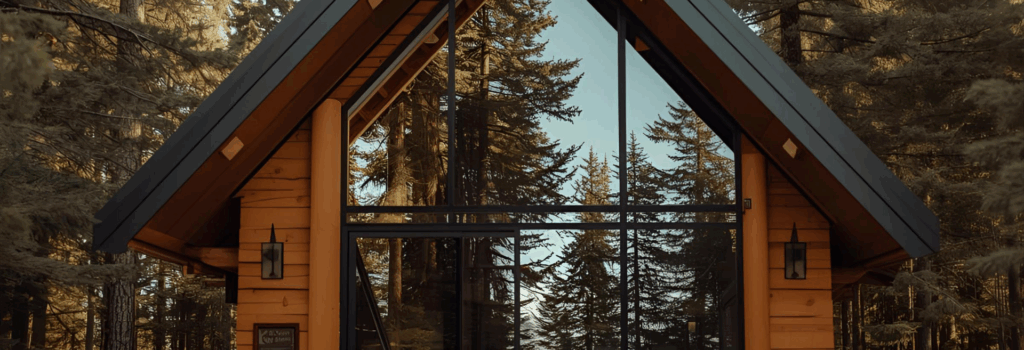
How to Make Lodges and Mirror Houses Safer for Birds
To be truly bird-friendly, a more holistic approach is necessary. Here are effective strategies:
Add Visual Markers or Patterns
Apply patterns, dots, or designs directly onto glass surfaces. Patterns spaced no more than 2 inches apart horizontally and 4 inches vertically (or 2×2 inches) help birds recognize a barrier.
Use etched glass, decals, or fritted glass for new builds or renovations.
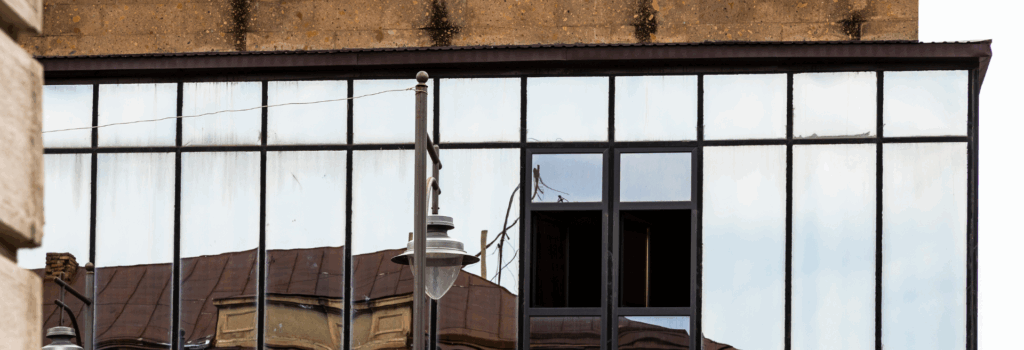
Use UV-Reflective Coatings
Birds see ultraviolet light better than humans, so UV-reflective coatings—almost invisible to us—can alert them to glass surfaces. These treatments are suitable for both modern lodges and increasingly popular mirror houses, helping make the surfaces safer without sacrificing aesthetics.
Install Physical Barriers
External screens or netting, nearly invisible from inside, act as effective physical deterrents. This works for both new and existing lodges, or mirror houses with extensive glass walls. Screens also offer energy savings and privacy as extra benefits.

Adjust Lighting
Reduce unnecessary nighttime lighting during migration seasons. Use motion sensors, timers, and shielded fixtures that direct light downward. Warmer light is less likely to attract birds. This makes life safer for birds and keeps energy bills in check.
Smart Design Choices
If you’re planning a lodge or even a mirror house, consider glazing placement carefully. Avoid putting large glass areas directly across from favorite flight paths, feeders, or nesting trees. Angling glass downward can help minimize habitat reflections. Overhangs, sunshades, and careful landscaping further reduce risks by breaking up large glass planes and redirecting birds.
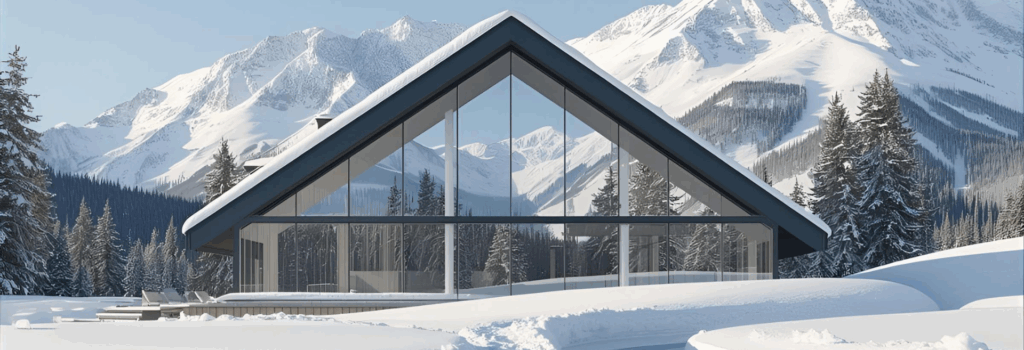
Practical Steps for Owners
- Assess risks: Walk around your property to identify reflection hot spots or places with frequent collisions.
- Prioritise upgrades: Start with areas already affected or most hazardous to birds.
- Phase improvements: Address high-risk areas first; schedule others as renovations or budgets allow.
- Seek expert advice: Wildlife specialists can help you tailor solutions to your location and building style.

Enhancing Guest Experience
All these bird-friendly features can be subtly integrated without sacrificing the guest experience or striking looks of your lodge or mirror house. In fact, many guests appreciate responsible design and environmental stewardship.
Long-Term Benefits
Bird-safe modifications don’t just protect wildlife—they often improve energy efficiency, reduce cleaning needs, and may offer insurance advantages too.
Taking Action
Whether you manage a scenic lodge surrounded by trees or are exploring eye-catching mirror house designs, every step towards bird-friendly building makes a difference. Assess, install patterns or coatings, manage light, and consider creative architectural solutions.
Together, we can maintain the beauty and natural connection of these buildings—while making sure birds stay safe for generations to come.

